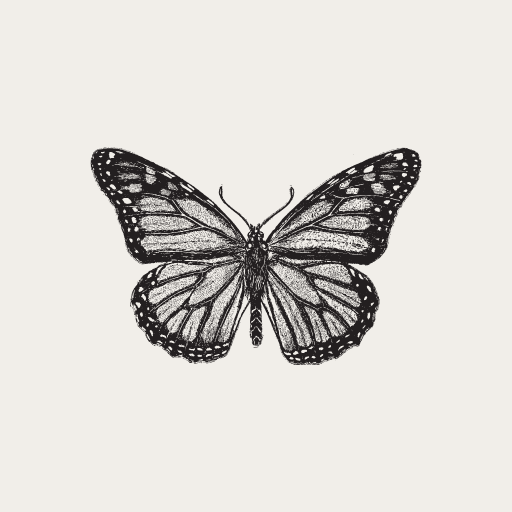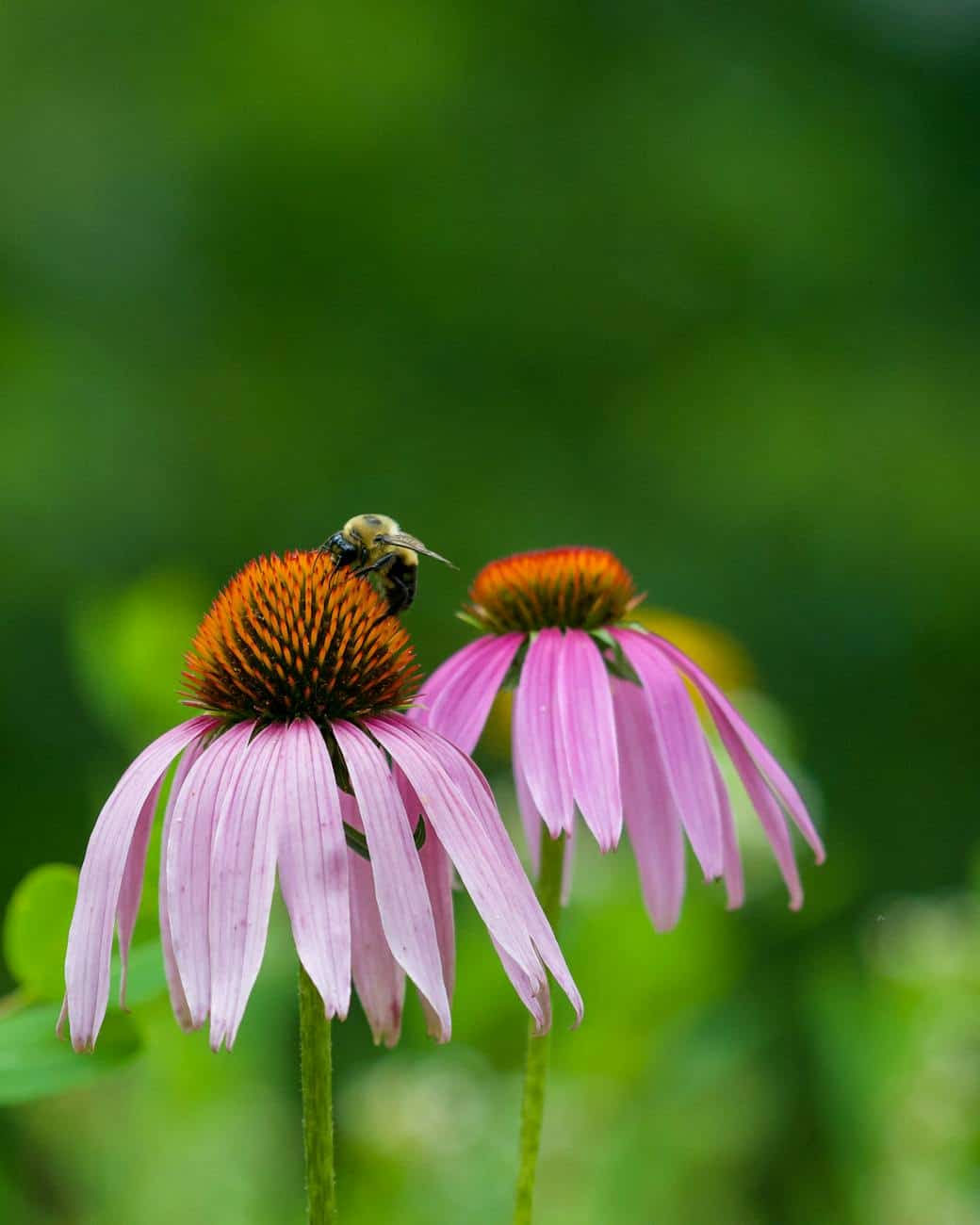Why This Plant Belongs in Your Garden
If you’re looking for a tough, no-nonsense native that pulls its weight in both beauty and ecological benefits, Echinacea purpurea is it. This isn’t some delicate, needy garden flower—it’s a powerhouse pollinator plant that thrives in poor soil, withstands drought, and feeds wildlife from summer through winter.
And let’s get one thing straight: I’m talking about the true native species, not the watered-down, overbred cultivars that have lost their nectar, scent, and resilience. If you want a plant that actually supports pollinators and doesn’t just look pretty in a nursery catalog, stick with Echinacea purpurea.
What Makes It Special?
Native to the central and eastern U.S., Purple Coneflower is an upright perennial that grows between 2-5 feet tall. Its striking pinkish-purple petals droop away from a bold, spiky orange-brown center, which acts as a landing pad for bees and butterflies.
But what I love most? This plant actually smells like something—a faint, sweet herbal scent that cultivated versions have lost. It’s one of those flowers you just have to lean in and appreciate on a warm summer day.
Growing Conditions:
- Sun: Full sun to light shade
- Soil: Well-drained, sandy or loamy soil (but adaptable)
- Water: Drought-tolerant once established
- Hardiness Zones: 3-9
Once you plant it, you won’t have to baby it. It’s resistant to pests, doesn’t need fertilizer, and actually thrives in soil that other plants would struggle in.
Why Pollinators Love It
One of the biggest reasons to plant Echinacea purpurea? It’s a pollinator magnet.
Unlike the frilly, double-petaled cultivars that barely produce nectar, the wild form of Echinacea purpurea is an open buffet for:
- Native bees
- Butterflies (Monarchs, Swallowtails, Painted Ladies)
- Hummingbirds
And it doesn’t stop there. Once the flowers fade, the seed heads feed goldfinches, sparrows, and other songbirds all winter long. So if you’re the kind of person who likes watching nature do its thing, leave the dried stalks standing in winter—you’ll get a front-row seat to the birds feasting.
How to Grow It
Planting Tips:
- Space plants about 18-24 inches apart—they like room to breathe.
- Avoid heavy clay or soggy soil. They hate wet feet.
- Water young plants until they establish deep roots, then let them fend for themselves.
Maintenance:
- Deadhead spent blooms to encourage more flowers, or leave them for the birds.
- Every few years, divide large clumps in spring or fall to keep plants vigorous.
- Cut back stems in early spring (not fall!) to protect overwintering insects.
Best Companion Plants:
Pair Echinacea purpurea with other tough, native prairie plants like:
- Asclepias tuberosa (Butterfly Weed) – for Monarchs
- Coreopsis verticillata (Threadleaf Coreopsis) – for continuous blooms
- Rudbeckia hirta (Black-eyed Susan) – for an explosion of yellow and purple
Why You Should Ditch the Cultivars
Look, I get it. Some people love the idea of white, orange, or double-petaled coneflowers. But here’s the hard truth: most of those “improved” varieties have lost their nectar, fragrance, and resilience.
If you actually care about pollinators and wildlife, skip the hybrids and go for the real deal. The wild form of Echinacea purpurea is stronger, longer-lived, and far more beneficial to the ecosystem.
Final Thought: Let Nature Lead
If you want a garden that supports life—not just one that looks good in staged photos—plant native Echinacea purpurea. It’s tough, beautiful, and ecologically valuable. Plus, it’s one of the easiest ways to attract pollinators and songbirds without lifting a finger.
Keep it wild. Keep it real. Plant the originals.

